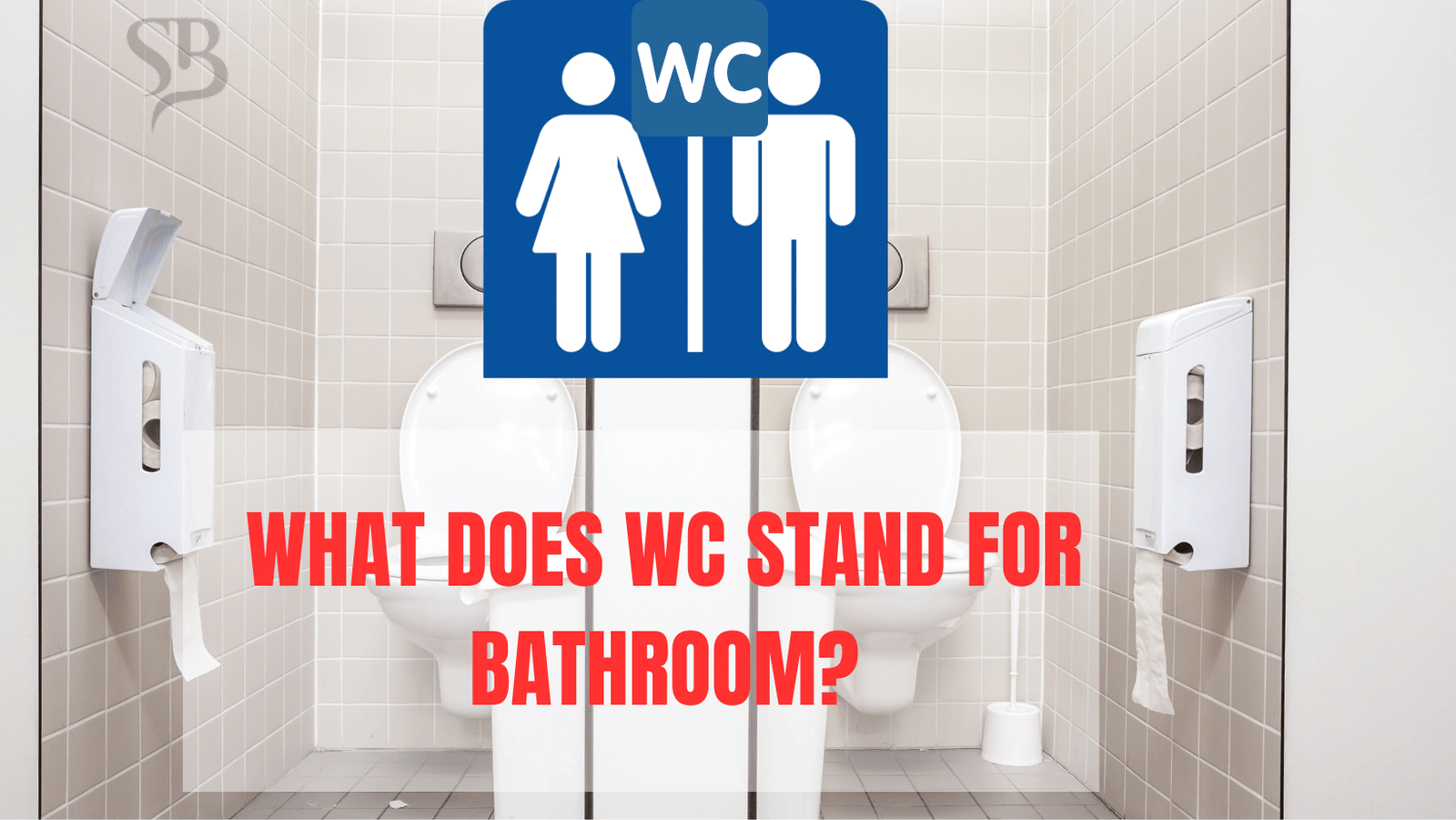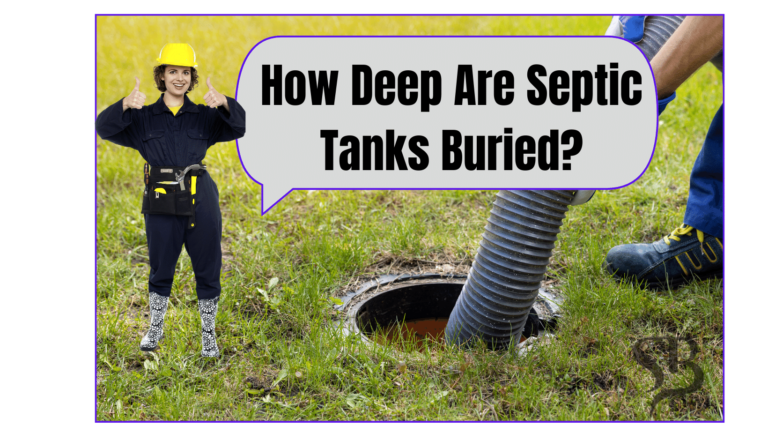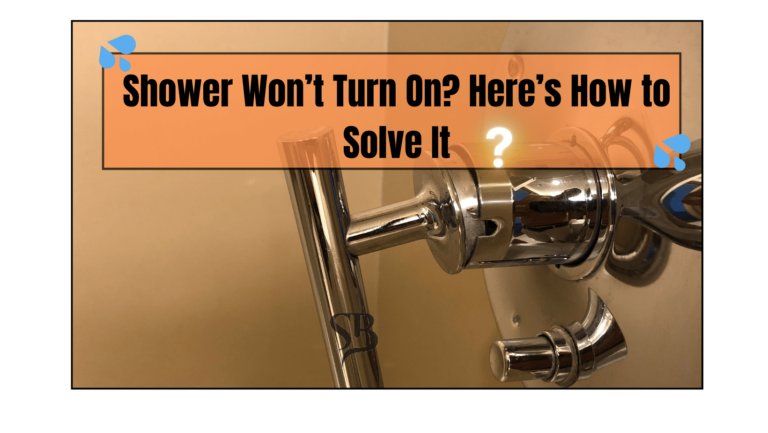What does WC stand for bathroom? Uncover the meaning of ‘WC’ in restroom terminology. Learn about its significance and usage in bathroom signage globally.
Understand the origins and cultural context behind the term ‘WC’ and its implications in modern facilities.
The abbreviation WC stands for “Water closet” It’s an old-fashioned term for a private room with a flushing toilet. Over the years WC has been used more instead of a bathroom to describe a room with a toilet but no bath.
Some argue that the water closet was the name given to the toilet flush, yet the idea is pretty much the same.
A separate place for one to dispose of waste, and it does not contain a bathtub
Now the Water Closet is a fundamental part of our living.
Beyond its utilitarian uses, the bathroom now gives a sense of comfort, privacy, and hygiene.
Over the years it has evolved drastically.
The ancient civilizations used various methods to practice the idea of private sanitization to ensure hygiene, privacy, and safe disposal of waste.
However, it was in the 19th century that modern WC began to take shape.
In 1956 it was Sir John Harington, godson of Elizabeth I a British inventor who made the first-ever water closet.
It featured a raised cistern and a small downpipe through which water ran to flush the waste in 1592.
However, there were some significant problems with it like
Limited flushing power
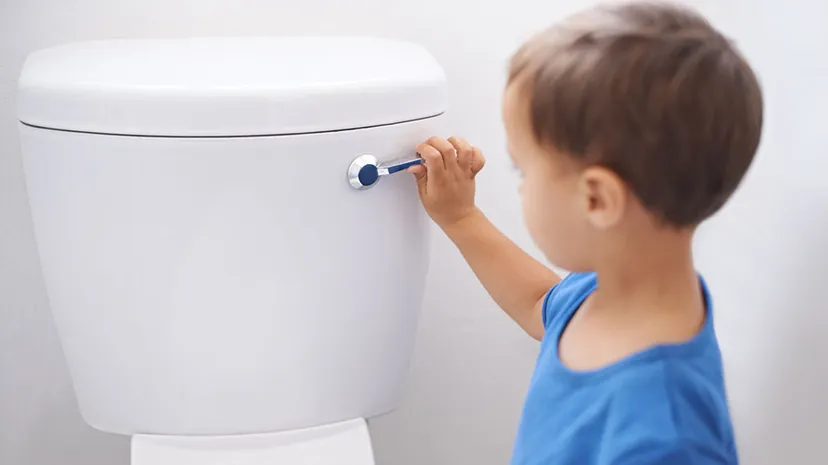
The system relied on gravity to flush the waste through a downpipe into a cesspool or a drainage system. Huge amounts of water were required for the system to ensure all the waste landed in the drainage system.
Also Read: Why Does Poop Smell Linger On Skin?
Inefficient water management
An ample amount of water was required by the system to work efficiently.
The cistern (a waterproof container that stores liquid mostly water) was filled manually before each flush, leading to inefficient use of water.
High Maintenance
Harrington’s design was prone to clogging and required frequent maintenance. The downpipe was also prone to getting blocked.
All this leads to unpleasant smells, unhygienic conditions, and frequent maintenance. Which requires labor.
Also Read: How To Install A Saniflo Toilet
Sanitation problems
Though Harrington’s flush toilet was a significant leap toward finding a better way to dispose of human waste, it did not provide the same level of cleanliness and ease as today’s water closet does. His design lacks some essential features
such as a water seal (it is a type of mechanical seal that is used to prevent leakage of liquids, typically water)
and a P-Trap ( a U-shaped pipe in toilets and underneath sinks to hold small amounts of water that prevent sewer gases from rising and spreading in your home).
Now the flush toilets aka Water Closets are much better and have solved all of the above-mentioned concerns.
Efficient use of water
Modern flush toilets are designed to use less water per flush as compared to older methods.
This has helped in the conservation of water and reduced water bills for consumers. For context, High-efficiency toilets (HETs) can work efficiently on just 1.28 gallons per flush (GPF) whereas the older methods such as Harrington’s flush Ajax may use 3.5 gallons per flush or even more.
Enhanced flushing methods
Modern toilets use improved flushing methods that conserve water. For example, dual-flush toilets allow one to choose between a full flush for solid waste and a single flush for liquid waste.
Better comfort and design
Now the toilets come in various shapes, sizes, and models, and the user can select the one that is the best match for them. They increase comfort by offering ergonomic seating and bowl shapes which ensures efficient waste removal.
Improved hygiene
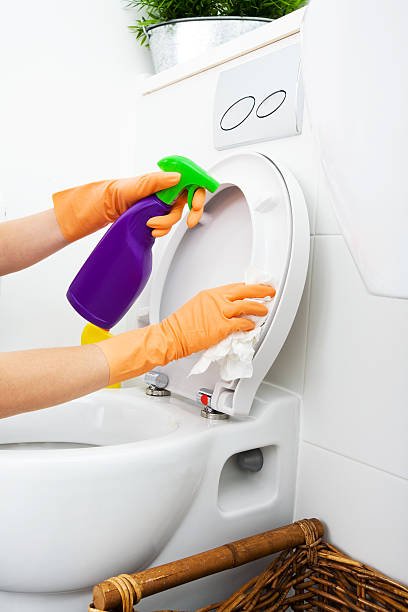
Now many water closet aims to provide improved hygiene, touchless flushing mechanisms, surfaces that resist bacteria, and easy-to-clean designs which are some of the ways used to improve the overall hygiene of water closets.
Also Read: Where Are Horow Toilets Made?
Durability and low maintenance
Now many toilet flushes are made by using materials that have a longer shelf life such as Thermoplastic, Polypropylene, Porcelain, and Ceramics.
These materials are less prone to getting damaged, or cracked and have other plumbing issues such as clogging. Which results in fewer maintenance requirements.
Water closets are now eco-friendly
By using water efficiently and using materials that last longer in the manufacturing process, modern water closets have reduced the impact compared to older methods.
This perfectly dresses the concerns about sustainability and resource conservation
Today the water closets that we use have travelled a long distance to become what they are today. They provide a better sense of privacy hygiene and are way more efficient than old methods of wast disposal.

